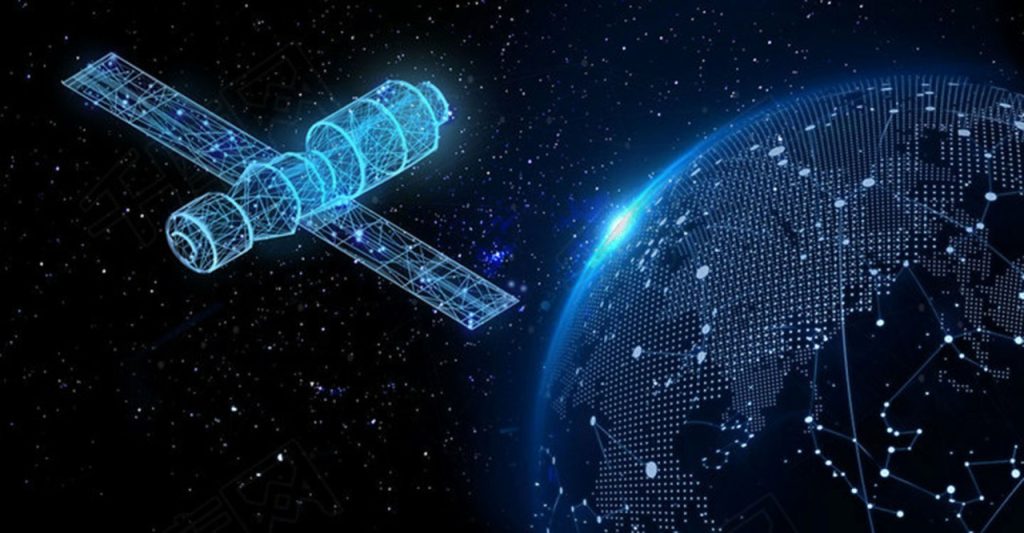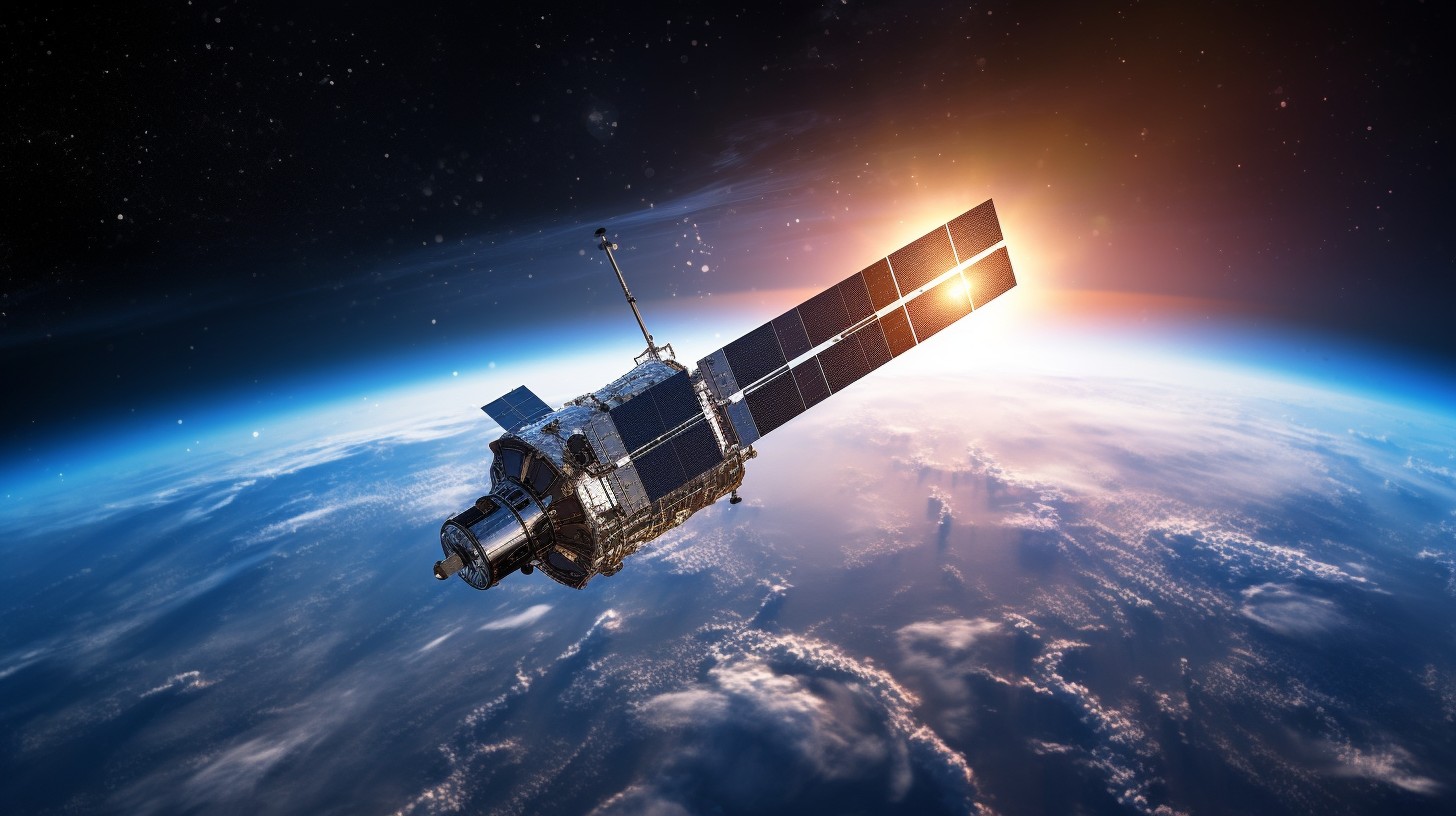Satellite technology has unequivocally transformed our world, enabling data and communication channels that seemed impossible just a few decades ago. Today, more than 2218 satellites orbit our planet, each with its own purpose, serving vital roles in communication, weather forecasting, navigation, and much more. In this article, we will delve deeper into the advancements and applications of this incredible technology.
Understanding Satellite Communication Systems
Satellite communication systems are a staple of global connectivity, they enable communication over large distances, even in the remotest areas. The fundamental components include a transmitter and a receiver, both of which are located on Earth, and the communication satellite stationed in space. As the signals are relayed from the transmitter to the satellite and then to the receiver, communication becomes seamless and virtually borderless.
Active and Passive Satellite Communication: A Comparison
To simplify, there are two types of satellite communication systems: active and passive. Active satellites amplify the received signals before sending them back to Earth, while passive satellites merely reflect the signals back without amplification. As such, active satellites are usually responsible for most communication activities because they can handle more complex tasks and maintain stronger signals.
Block Diagram of Satellite Communication: An Overview
A standard Block Diagram of Satellite Communication consists of a few primary components: The Earth station that transmits and receives signals, the satellite in the orbit that relays the signals, and the user terminals that end-users use for communication. This triumvirate creates a sophisticated network that enables seamless global connectivity.
Role of Satellites in Earth Observations
One of the more vital applications of satellites is their role in Earth observations. Earth observation satellites use remote sensing technology to monitor the planet, which contributes substantially to our understanding of the environment, among other factors.
The Significance of Earth Observation Satellites in Remote Sensing
The capabilities of remote sensing technology have been amplified incredibly through Earth observation satellites. Remote sensing involves acquiring data about the Earth’s physical, chemical, and biological properties using sensors mounted on airborne or spaceborne platforms. These sensors capture data by reflecting electromagnetic radiation off the Earth’s surface. This capability has opened a vast array of applications from environmental monitoring, geology, meteorology to defense and intelligence.
CubeSat Technology: Enhancing the Future of Earth Observation
CubeSat technology is pioneering a new age of Earth Observation. CubeSats are small, standardized satellites that offer an efficient and cost-effective platform for science investigations and technology demonstrations. The technology is significantly enhancing the future of Earth observation by enabling more frequent data updates, wider coverage, and increased data availability.
Navigation Satellites and Global Positioning Systems
The concept of pinpointing a location using a Global Positioning System (GPS) was made possible through Navigation Satellites. Navigation satellites transmit signals that GPS receivers in smartphones, cars, and other devices use to determine their precise location and timing, which greatly enhances navigation and emergency response capabilities globally.
Exploring the Interfaces of Satellite Navigation and GPS
The foundation of a GPS bases itself on the understanding and utilization of navigation satellites. The system works through a network of satellites orbiting Earth, constantly transmitting signals back. By receiving signals from at least four different satellites, the GPS device can calculate its precise location, speed, and time.
Technological Advancements in Navigation Satellites and their Impact
The continuous advancements in Navigation Satellites not only refine accuracy but also enhance reliability in extreme environments. The increased precision and strength of satellite signals mean that GPS is becoming more reliable even in populated urban areas where signals used to get lost.
The Revolutionary Contribution of Satellites in Space Explorations
Satellites play a revolutionary role in the realm of space explorations. Not only do they provide vital data for research, but interplanetary satellites also pioneer the way for manned space missions.
Role of Interplanetary Satellites in Major Space Exploration Missions
Interplanetary satellites serve as trailblazers for human exploration missions. By exploring the Universe beyond our planet, these satellites provide crucial data about foreign celestial bodies and the space environment, informing safer and more effective manned missions in the future.
Understanding the Relevance of Satellite Telemetry in Space Missions
Satellite telemetry handles data about the satellite’s performance and the environment it navigates. By measuring and transmitting this information back to Earth, scientists can monitor the satellite’s condition and make necessary adjustments, ensuring optimal performance and potential extension of the satellite’s lifecycle.
Comprehensive Understanding of Satellite Orbits
Satellite orbits determine the movement and functionality of satellites. Be it a Low Earth Orbit (LEO), a Geostationary Orbit, or a Polar orbit, the orbital parameters define the mission of the satellite.

The Low Earth Orbit (LEO) and its Satellite Applications
LEO comprises altitudes from around 180 to 2000 kilometers above the Earth. Satellites in this orbit travel at relatively higher speeds and are therefore ideal for applications that require high-frequency updates, such as Earth observation, communication, and intelligence gathering.
A Deep Dive into Geostationary Orbits
Geostationary orbits are positioned 35,786 kilometers above the Earth’s equator. Satellites launched into this orbit match the Earth’s rotation, enabling them to hover over a fixed location. This stationary nature makes satellites in geostationary orbit ideal for weather monitoring, telecommunication, and broadcast services.
Polar Orbit – Nature, Advantages, and Satellite Usages
Polar orbits, as the name suggests, involve satellites moving around the Earth over its poles. This type of orbit allows the satellite to survey the entire Earth as it rotates beneath it, which makes it perfect for mapping, earth observation, and meteorology purposes.
Satellite Constellations and their Varied Applications
A Satellite constellation is a group of satellites working in harmony to achieve a common goal. This collaboration increases coverage, enhances data collection, and improves service reliability, which has immense implications for communication, navigation, and observation purposes.
Satellite Constellation: A Game Changer in Satellite Communications
The advent of satellite constellations has indeed been a game-changer in satellite communications. By working together, satellites in a constellation can provide continuity in service, offering stable communication even when an individual satellite isn’t in a favorable position.
Impact of Satellite Constellation on International Space Stations
The International Space Station also benefits from satellite constellations. The enhanced communication and data collection capabilities provided by these constellations support critical research activities aboard the station and improve communication with Earth, which is vital for operation and maintenance.
Importance of Satellite Tracking and Space Debris Monitoring
Monitoring the vastness of space is a daunting task. However, satellite tracking and space debris monitoring are crucial for maintaining the safety and efficiency of satellites and other space missions.
Satellite Tracking: Methods, Advantages, and Challenges
Satellite Tracking involves the live monitoring and prediction of a satellite’s trajectory. By accurately tracking satellites, collision risks from space debris or other satellites can be minimized. However, the sheer volume of objects in space and the high speeds they travel at pose significant challenges to tracking efforts.
Role of Satellites in Space Debris Monitoring: An In-depth Perspective
Space debris poses a significant threat to satellite operations and space missions. Satellites equipped with radar, lidar, and high-resolution cameras aid in space debris monitoring by detecting, cataloging, and tracking space junk. These satellites also contribute valuable data for research and development of mitigation strategies.
In conclusion, satellites have a transformative impact on numerous areas, including communication, navigation, and space exploration. As technology advances, we can anticipate an even greater utilization and dependence on these celestial companions. Therefore, understanding their operations, applications, and intricacies is more important than ever.

